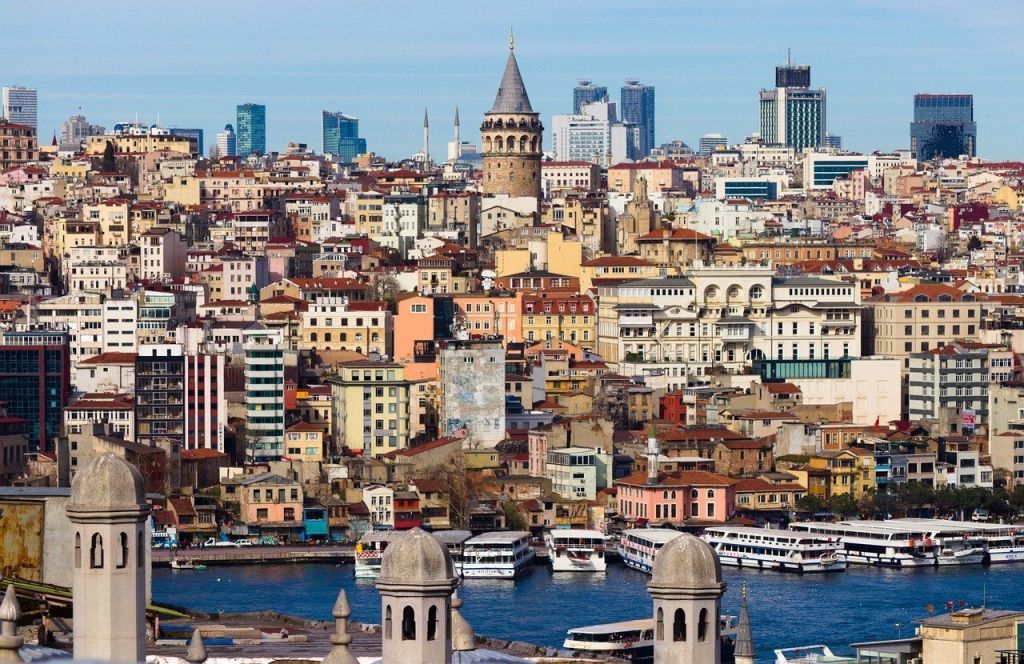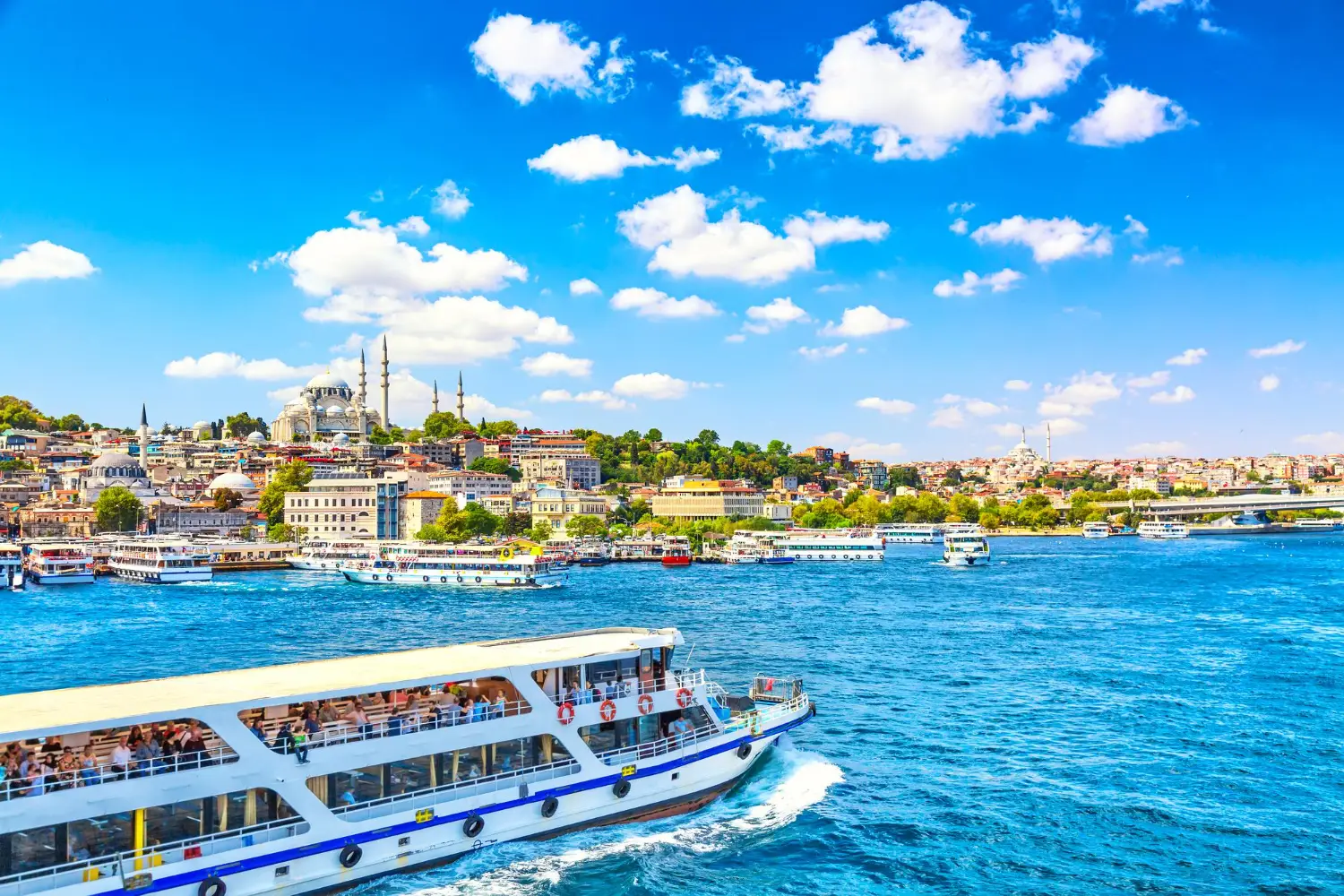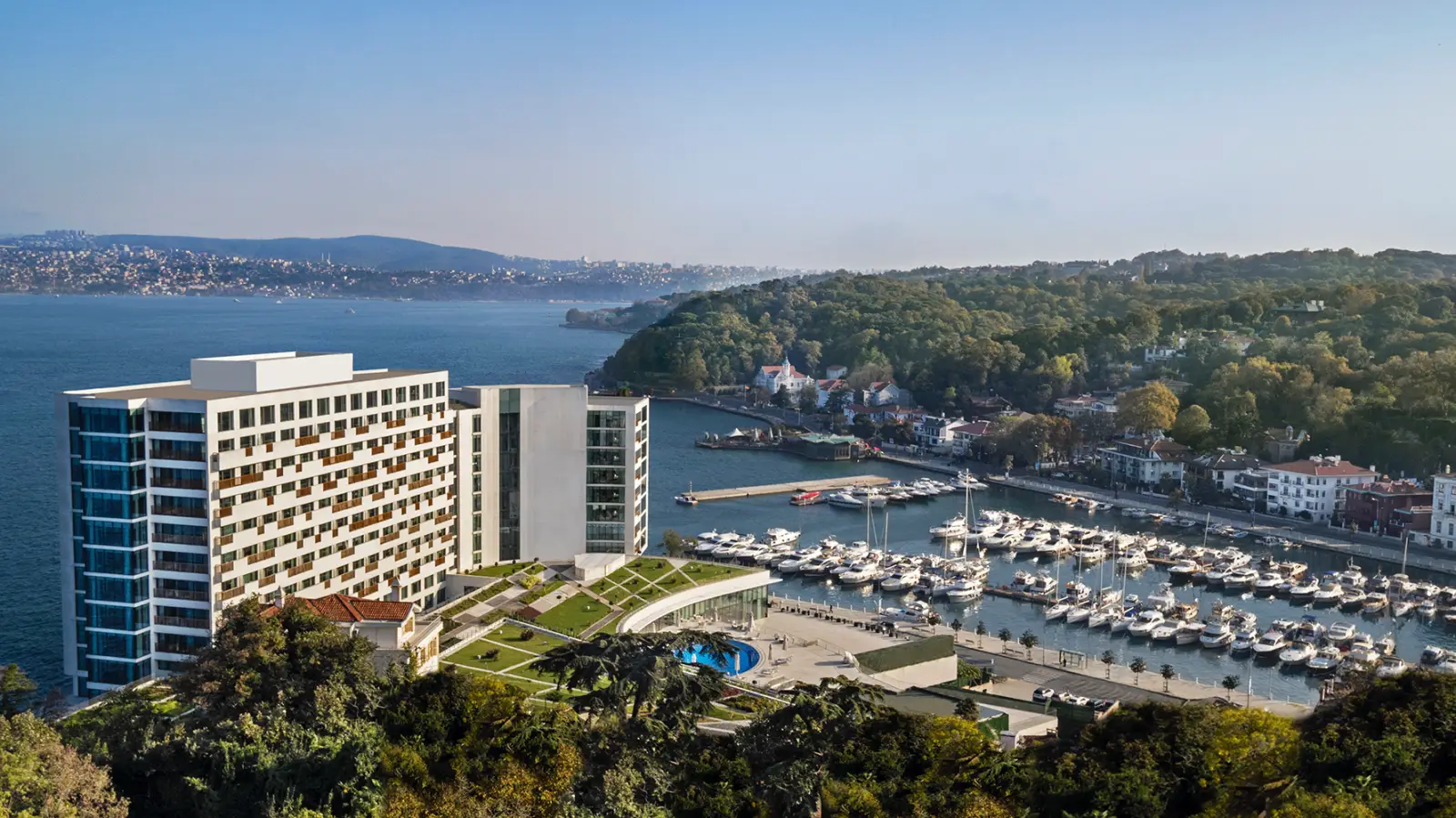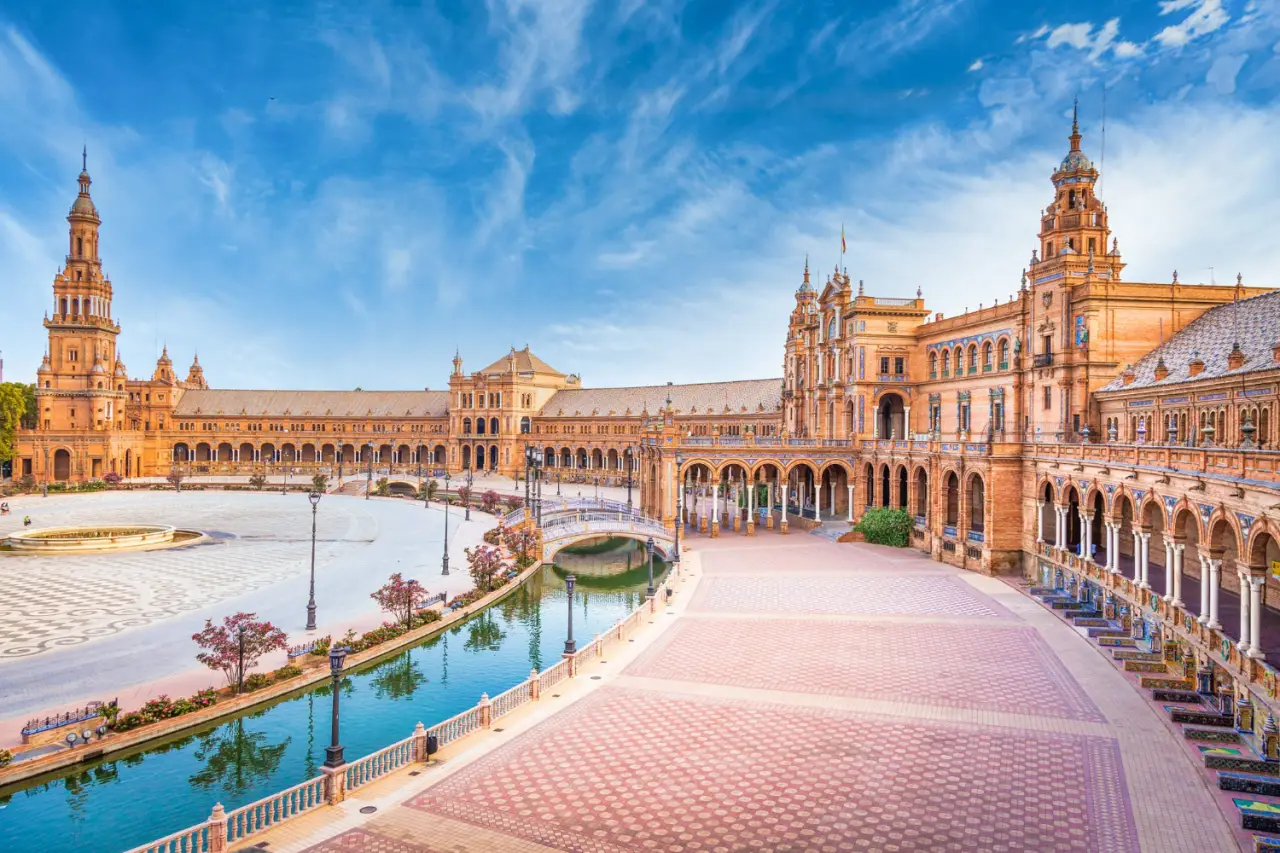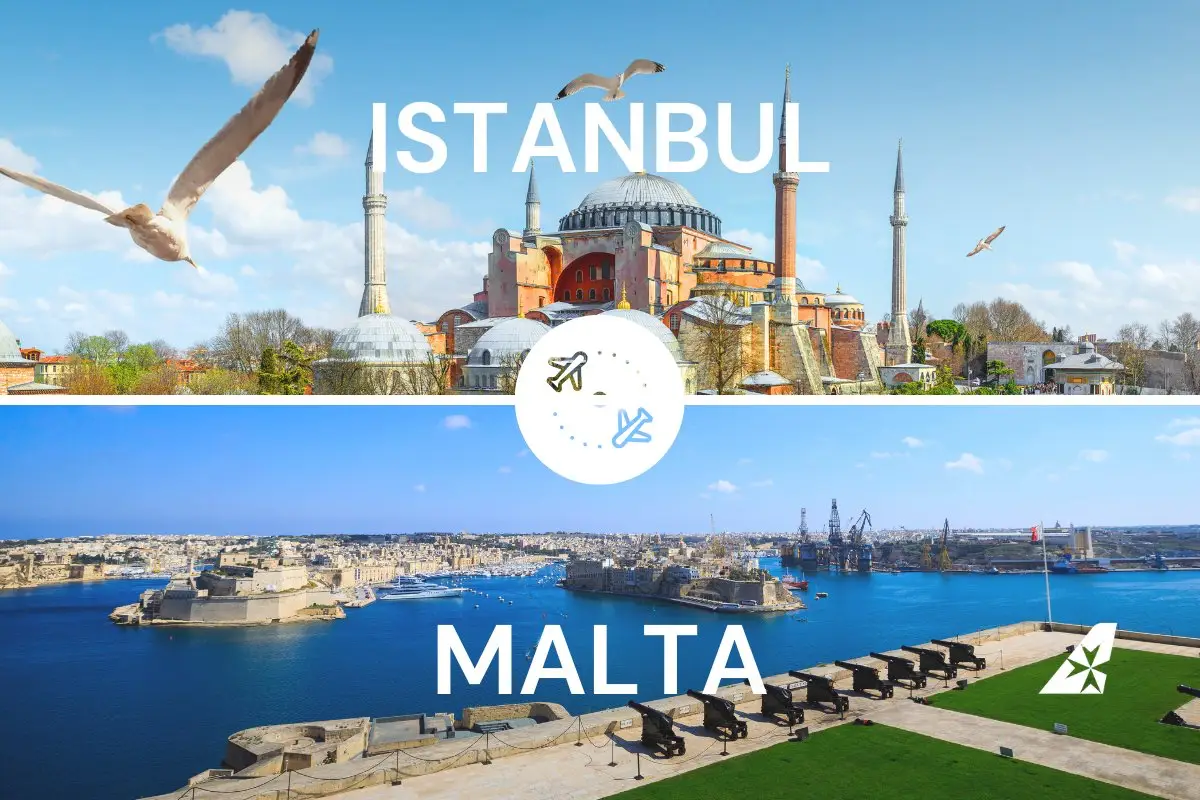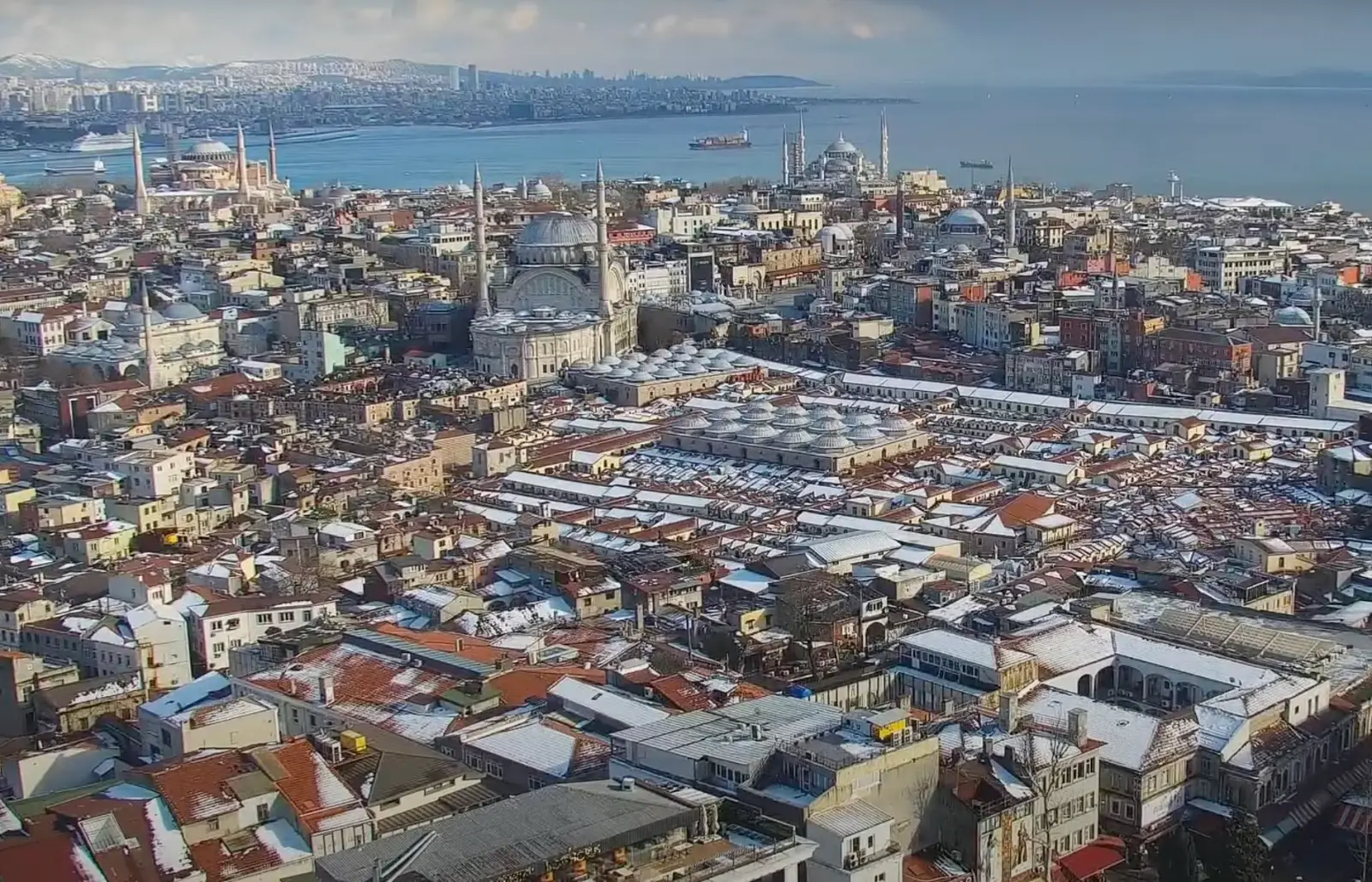The 17th Istanbul Biennial, organised by the Istanbul Foundation for Culture and Arts (İKSV) and supported by 2007–2026 Biennial Sponsor Koç Holding will take place between 17 September and 20 November 2022.
Istanbul Biennial 2022 will be situated in specific locations across the city to reveal and amplify connections between present-day life and Istanbul’s richly layered past. Spanning historic districts as well as those developed during the city’s expansion over the last century, the Biennial venues will include the atelier of a modern master calligrapher and bookbinder, a fifteenth century hammam, an abandoned Greek School, an art space run by immigrant artists and a former gas house, newly renovated as a cultural centre, along with an independent radio station that has broadcast for over two decades. Together, these sites will not only play host to the biennial’s diverse projects, but will also reveal social histories and contemporary challenges faced by Istanbulites in the midst of constant change.
Located in the three distinctive regions of Beyoğlu, Kadıköy, and the Old City (Fatih), the Biennial’s exhibitions will take place in the following venues:
- In Beyoğlu, a cosmopolitan district on the European side of Istanbul, separated from the old city by the waterway known as the Golden Horn, venues will include the Suna and İnan Kıraç Foundation Pera Museum, Performistanbul Live Art Research Space (PCSAA) and the Central Greek High School for Girls. Conceived by SAHA as a studio and residency program for artists and curators, SAHA Studio will present a special program as one of the participants of the Istanbul Biennial.
- Kadıköy, a residential neighbourhood on Istanbul’s Asian shore, famed for its bustling fish and produce market with views across the Sea of Marmara, is the setting for Gashouse Museum and arthereistanbul, an independent space for artistic creation, originally founded by Syrian migrant artists.
- In the Old City (Fatih), bordered by the Golden Horn in the north and the Sea of Marmara in the south, visitors will explore Barın Han, known as the atelier of Turkey’s leading calligrapher and book-binding expert Emin Barın, and the Küçük Mustafa Paşa Hammam, one of the city’s oldest Turkish baths.
The 17th Istanbul Biennial will also feature a strong digital and audio-visual presence. Its main thematic concerns will be introduced by way of a special programming collaboration with the Istanbul Film Festival this April. The artists and curators have also been engaging Turkish speaking communities through Radyo Bienal, hosted by Açık Radyo (Open Radio), an independent and egalitarian terrestrial radio channel. Across the summer of 2022 in the lead-up to the exhibition, Radyo Bienal will reach out to global audiences through a regular series of podcasts opening up the process and research of Biennial participants. The programmes will be made available in both Turkish and English on the İKSV website, and through social media and podcast platforms.
Book your room in Istanbul today!
The invited curatorial team, Ute Meta Bauer, Amar Kanwar and David Teh, are working with Bige Örer, Director of the Istanbul Biennial and Contemporary Art Projects at İKSV, to reimagine the Biennial’s form and to recalibrate its priorities. The participants will be announced in Spring 2022.
Bige Örer said: ‘Biennials are by definition peripatetic and therefore flexible. In a world so full of uncertainty, our reactions must be agile and different. For this next edition, artists will become part of our communities, taking on long-term residencies, and working with many inspiring methods. Despite the challenges we have all faced over the last two years, we are moving full steam ahead.’
In a joint statement, the curators said: ‘As art organisations worldwide face existential questions of survival and relevance, biennials must take the initiative. Art can refresh the vocabularies of public discourse, opening new pathways of thought. There may be no grand themes, no great gathering or orchestrated coming together in one time and place; instead, it might be a great dispersal of ideas, with the potential to start way before and to resonate long after the formal eight-week season of the Biennial.’

